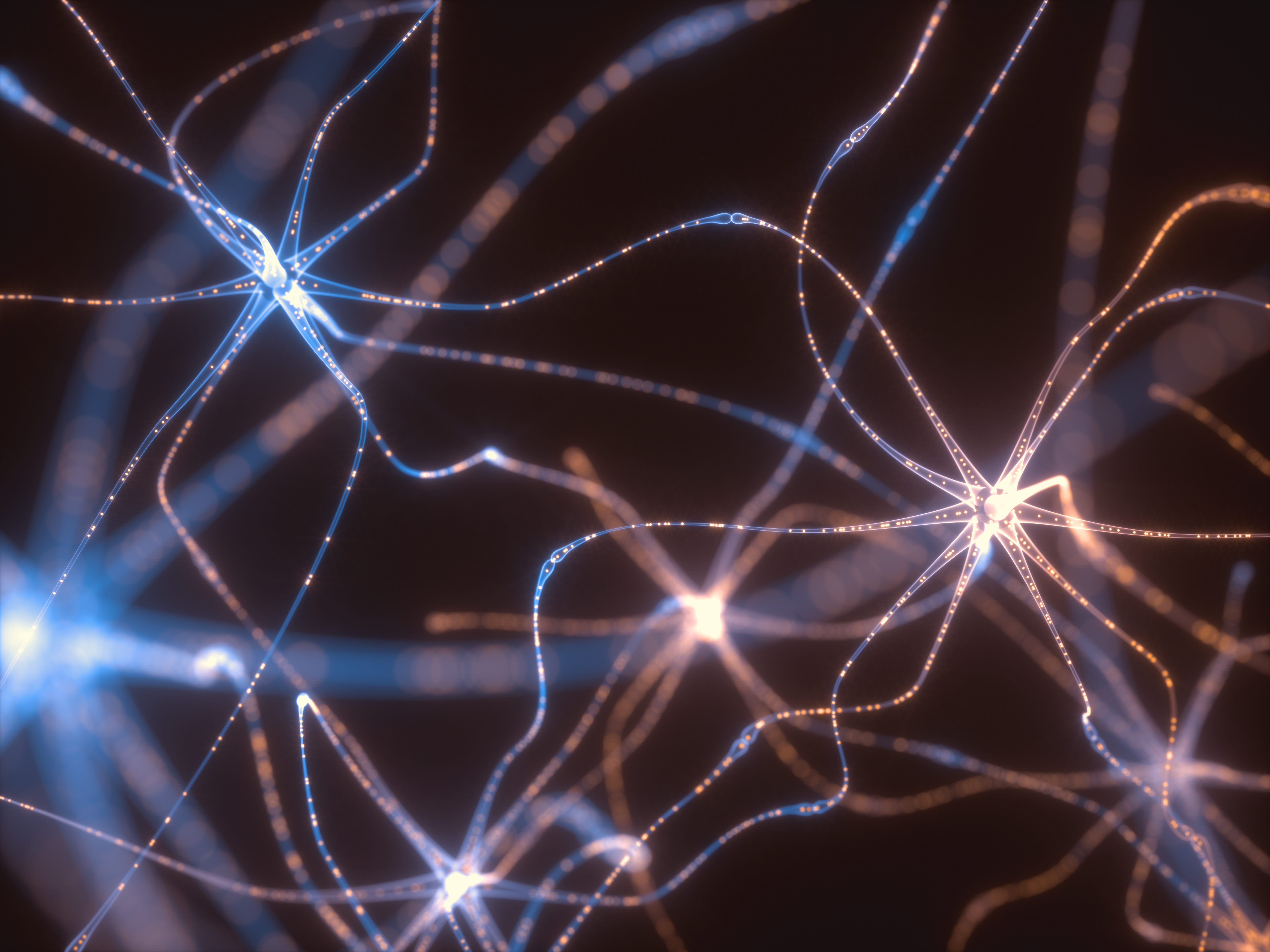
Health News
Researchers identify pathway that drives sustained pain following injury
Withdrawing one's hand to avoid injury and soothing the pain of that injury are two distinct evolutionary responses, but their molecular origins and signaling pathways have eluded scientists thus far.
December 14, 2018 By EKATERINA PESHEVA Harvard Medical School

Now research led by investigators at Harvard Medical School, published Dec. 10 in Nature, identifies the nerve-signaling pathway behind the deep, sustained pain that sets in immediately following injury. The findings also shed light on the different pathways that drive reflexive withdrawal to avoid injury and the subsequent pain-coping responses.
Clinical observations of patients with neurological damage together with past research have outlined the distinct brain regions that differentiate between the reflexive withdrawal from a skin prick, for example, and the long-lasting pain arising from tissue injury caused by the pinprick.
The new study, however, is the first one to map out how these responses arise outside the | READ FULL STORY
Print this page